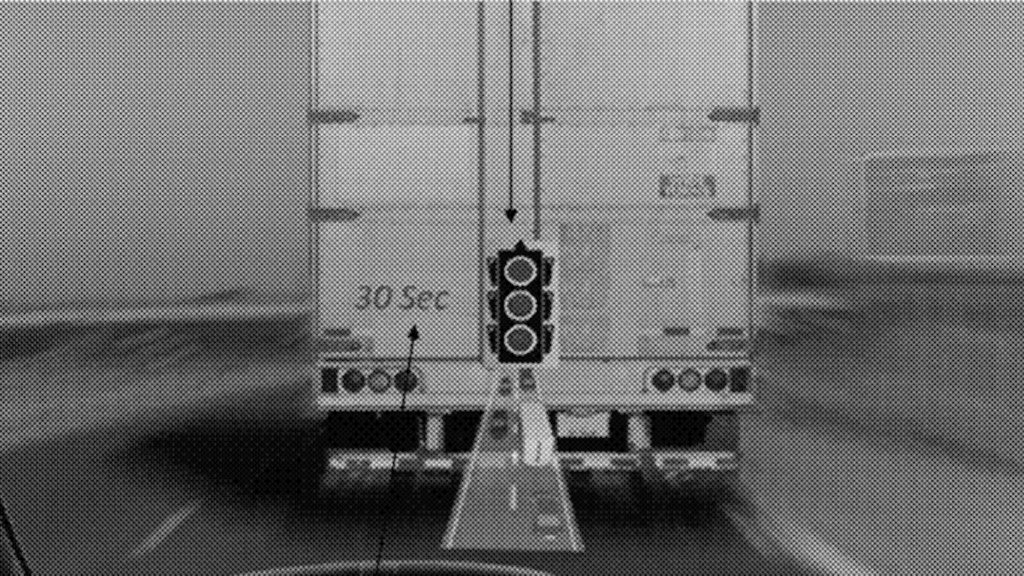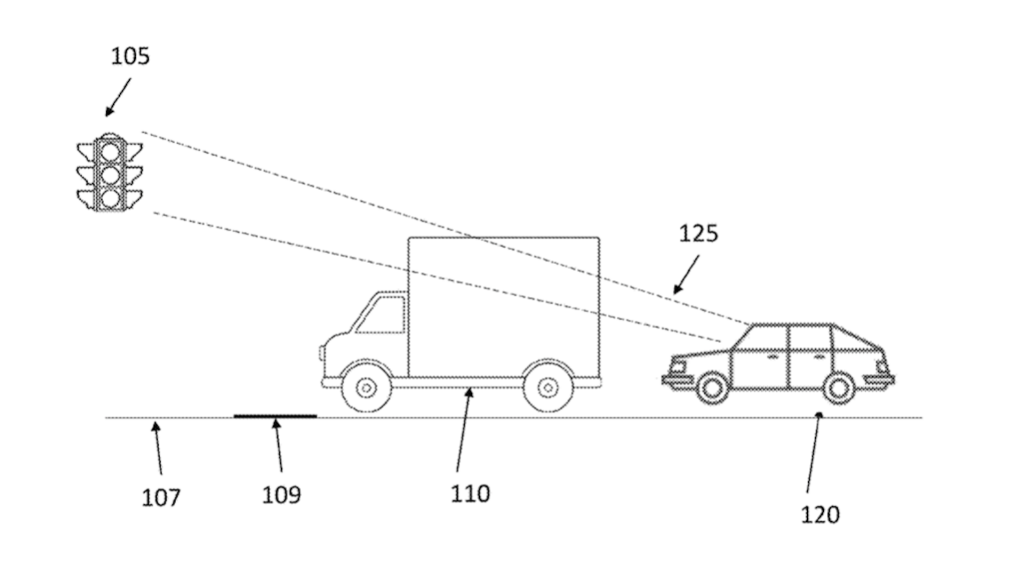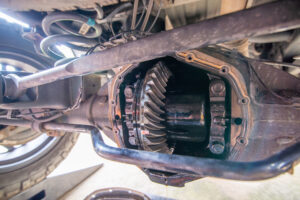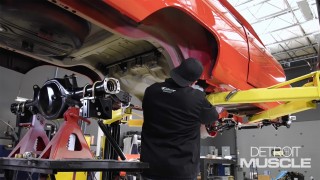GM Filed a Patent That Would Grant Future Vehicles X-Ray Vision

As technology continues to evolve at an accelerated pace, the idea of a car with x-ray vision sounds a little too far-fetched. Sure, maybe it would make sense in a sci-fi movie set in outer space. But in real life? According to a patent filed by General Motors to the United States Patent Trademark Office (USPTO), the automaker just might make that happen.
Why Would A Car Have X-Ray Vision?
The patent aims to use onboard hardware, as well as advanced software processing on future next-gen cars to project images onto an augmented reality screen on the inside of the windshield. Examples of images being created would be a virtual traffic light or stop sign that is being obstructed by a large box truck, allowing the driver to slow down in advance.
Granted that this type of scenario is encountered every day, and can be avoided so long as the driver keeps a safe distance away from the truck. But sometimes receiving this kind of information regarding traffic signs and road conditions can come in very helpful in times of low visibility.

To some degree, this type of technology already exists today with cars that have a self-driving function, which is required to be able to read road signs, traffic lights, and incoming road conditions.
How Would This Technology Work?
In order for this technology to work effectively, the vehicle must first be aware of the locations of every traffic light everywhere. This may sound like a huge task, but the company believes that it can be achieved through updated navigation software, maps, onboard cameras scanning the roads for valuable information, and a LiDAR system to collect data on the vehicle in front of the car such as physical dimensions, speed, and if it is obstructing the driver’s field of vision. Not to mention changes in traffic lights in real-time.
Through the collection of this data, a digital image would be projected onto the car’s screen, instrument cluster, head-up display, or augmented reality screen onto the windshield. From there, it would be able to correctly display the color of the light, regardless if you were physically able to see it from your perspective.
Will GM Actually Be Developing X-Ray Vision?
Of course, this type of endeavor would be no easy task and would take years of R&D before being implemented into vehicles for the public. Or perhaps this is one of those features being filed under GM’s “maybe” pile. Many brands will often file patents for the sake of beating the competition to the punch, only to have them go unused. Just like how Ford filed a patent that would allow customers to drive their vehicles while standing up. Currently, this x-ray vision technology exists only as a patent.









